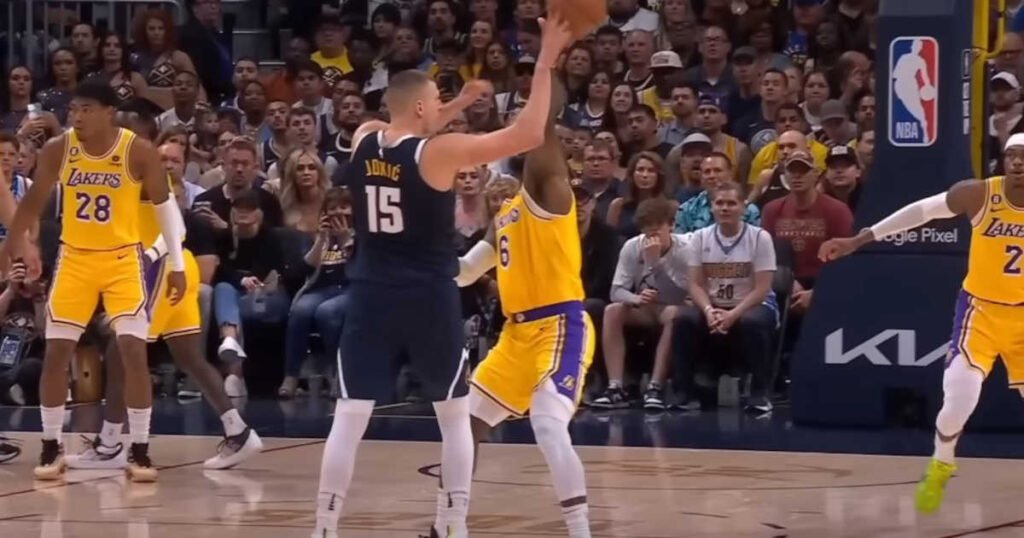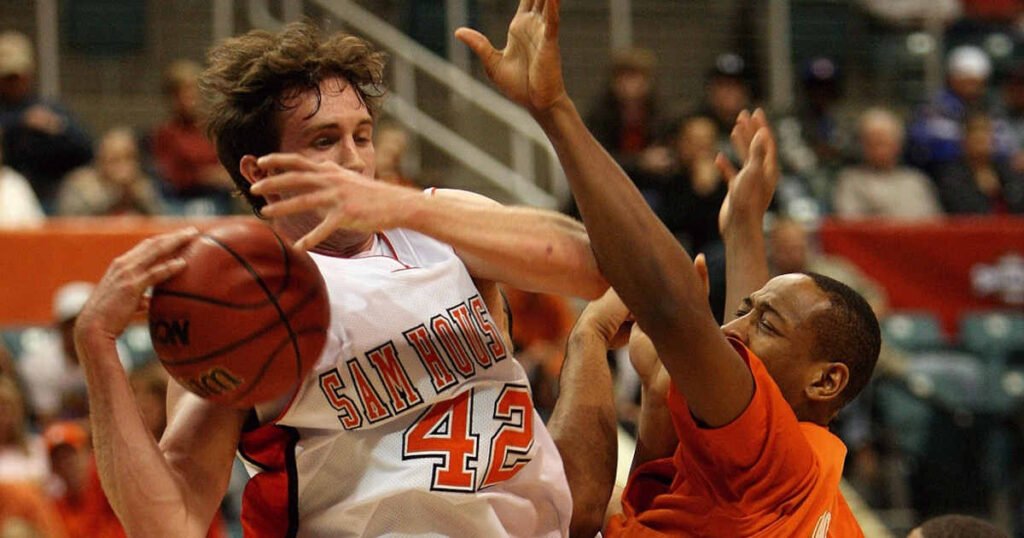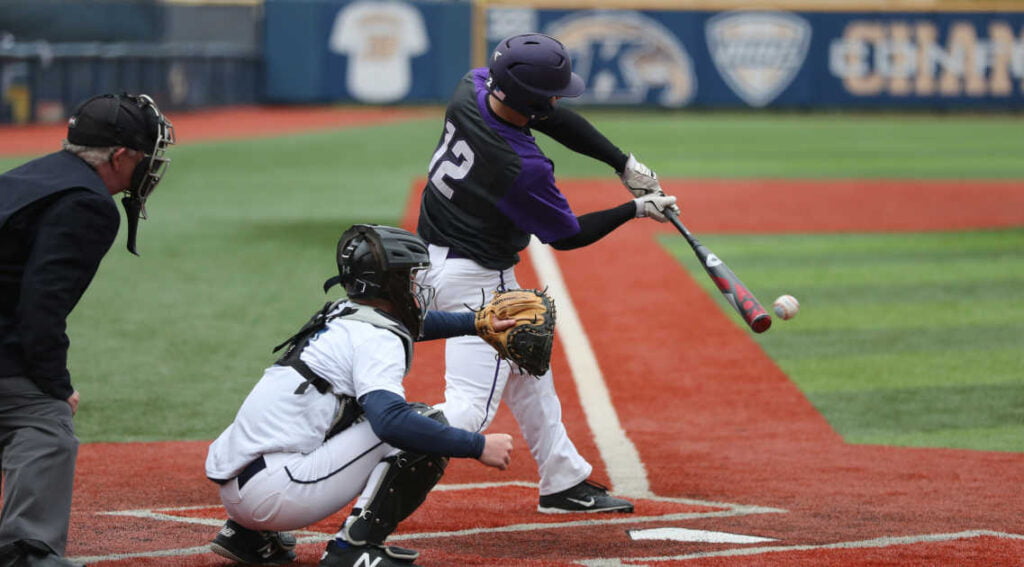What Is Flopping In Basketball?
Flopping in basketball (and other sports) is an illegal and highly practiced technique in which one player exaggerates contact with another player, making it seem more aggressive than it actually is, trying to resemble a personal foul against the other player. The intention of a flop is to mislead the official.
Typically, it’s the defensive player who intentionally initiates a flop, often by simulating a charge. This can involve actions such as falling backward, bouncing off another player, or even yelling to make the contact seem more severe. Unfortunately, since it is exceedingly practiced, some players have even perfected it, which is highly unsportsmanlike.
Besides being illegal, flopping is very hard to perform and usually not worth it. Most times, it has the opposite effect—a foul is called against the defense player for many reasons, such as the defense player initiating too much physical contact or the player’s flopping technique being evident to the official, although it is very hard to prove that the player did it on purpose. For that reason (especially in football), we see the players arguing with the officials, trying to reason for their actions.
In 1997, the NBA introduced a rule to help prevent flopping, adding the “restricted area” near the basket (in the key), which is the 4-foot arc around the center of the basket.
In the NBA, if a player is caught flopping during the game, the penalty is a technical foul, and if caught after the game, in the video reviews, a fine.
Starting from the 2012/2013 season, the NBA took flopping seriously and started warning and fining the players. During the regular season, the first time a player is warned, the other times, the player is fined – 5.000$ for each flop up to the fifth time, when a suspension will be considered. During the playoffs, the fine increases every time a player flops, starting from the first flop of 5.000$, the second 10.000$, the third 15.000$, and the fourth 30.000$, the fifth time a suspension is possible.
Feature image taken from YouTube.


